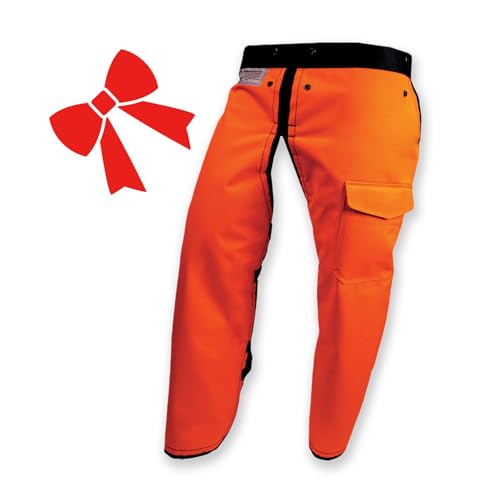Kicker_92
ArboristSite Operative
Has anyone tried following a swingmill style cut pattern with a chainsaw mill?
With having the alaskan (horizontal) and mini-mill (vertical), I'm thinking that this might be a better approach to slicing up big logs. Currently, we slab off sections to make a cant, then re-saw those offcuts later.
You could make a top pass to get a flat surface, do a couple shallow vertical cuts to the width you want (at say 4" depth), then slab these off to get a bunch of pieces 4x10, 4x8, etc.
Anyone tried this approach?
With having the alaskan (horizontal) and mini-mill (vertical), I'm thinking that this might be a better approach to slicing up big logs. Currently, we slab off sections to make a cant, then re-saw those offcuts later.
You could make a top pass to get a flat surface, do a couple shallow vertical cuts to the width you want (at say 4" depth), then slab these off to get a bunch of pieces 4x10, 4x8, etc.
Anyone tried this approach?


























































